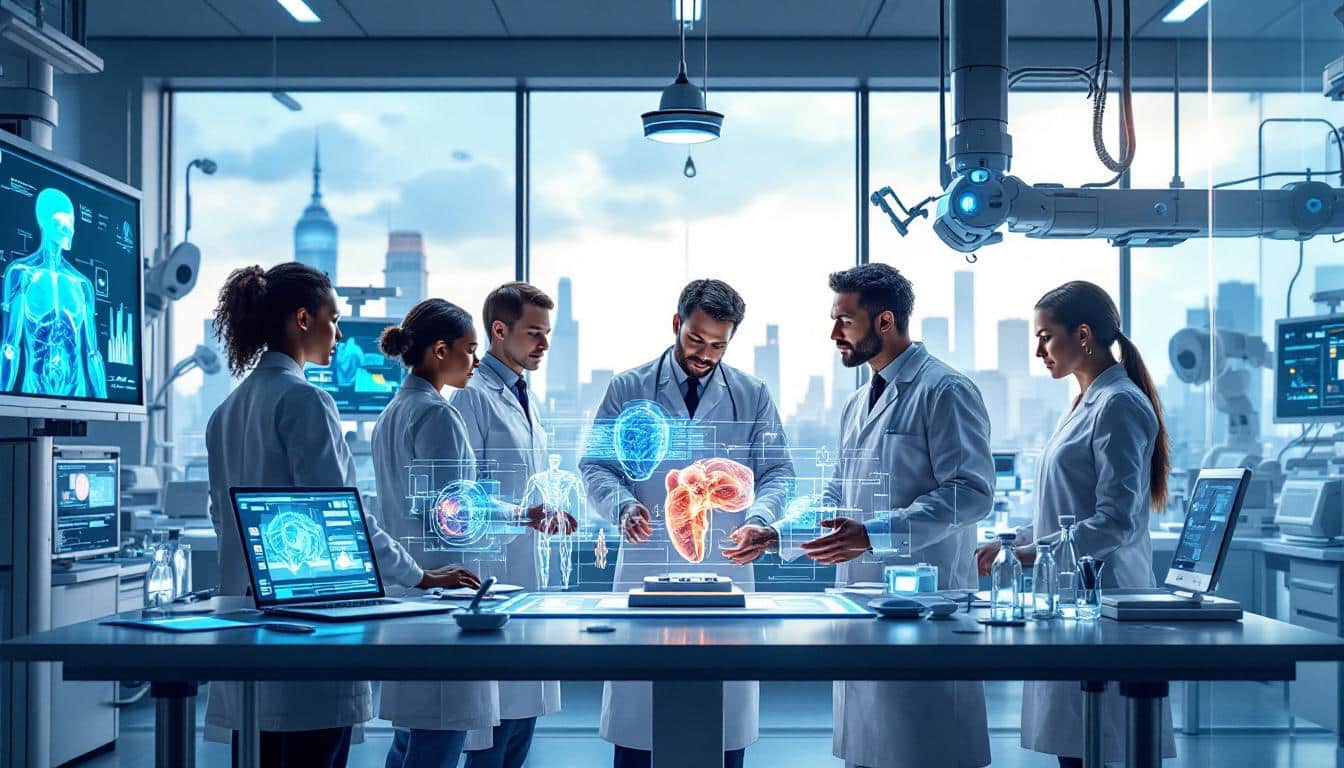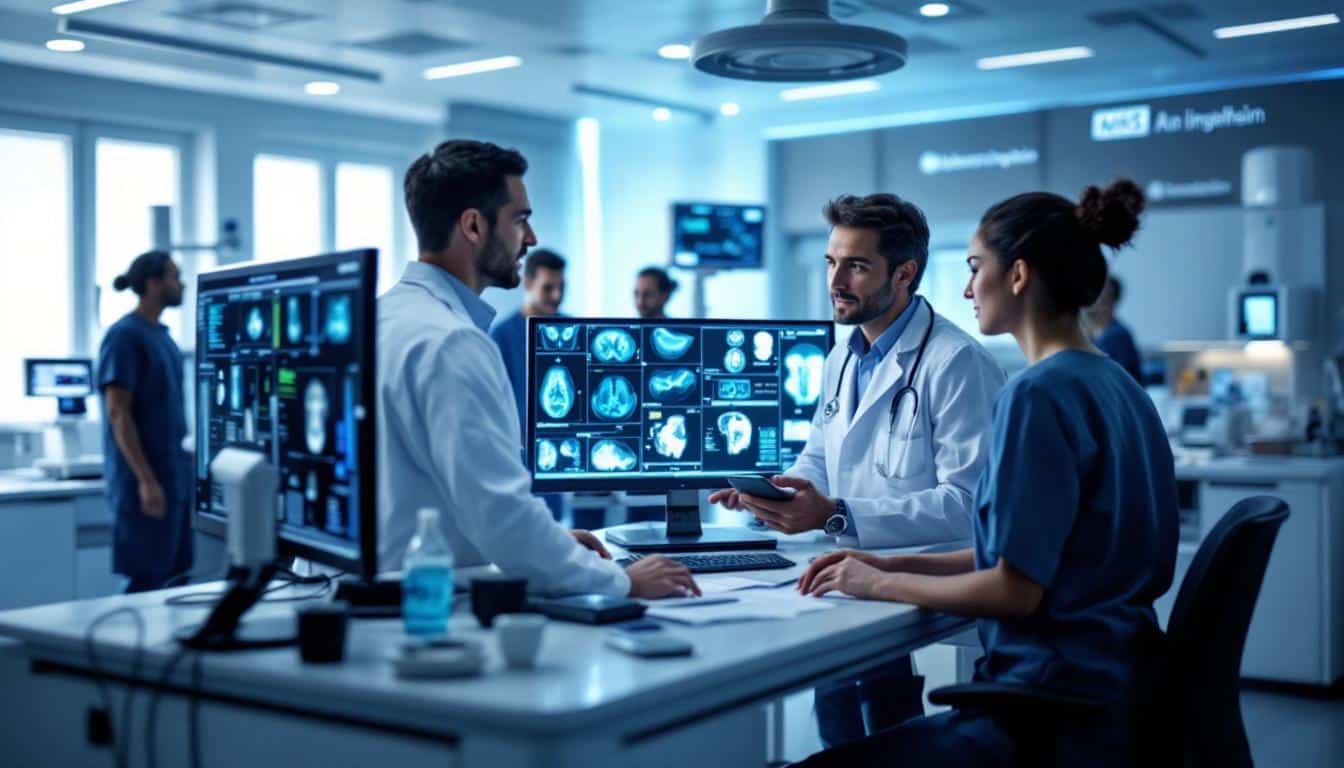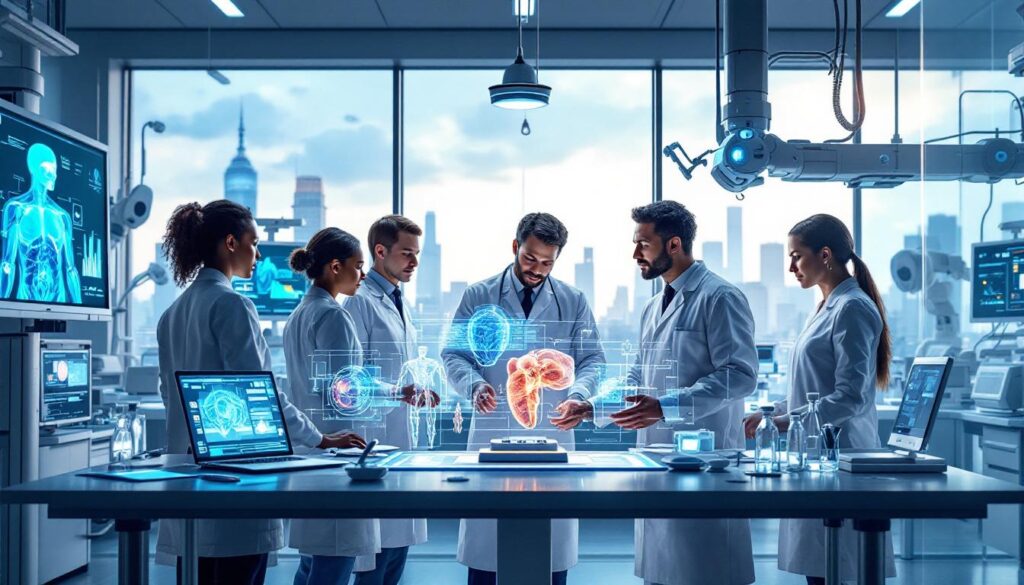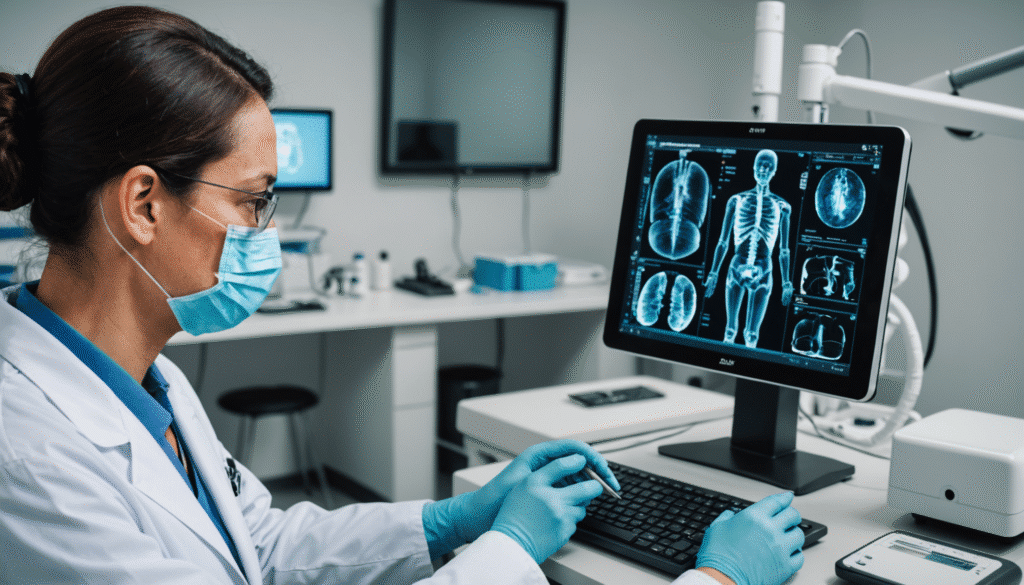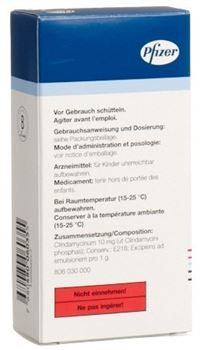Advances in medical technology are transforming the way we approach healthcare. Medtech products have become essential for saving lives. Ensuring unobstructed access to these technologies is crucial.
However, tariff barriers threaten this critical momentum. A zero-for-zero tariff agreement could revolutionize the industry by eliminating taxes on vital products. This would not only ensure the competitiveness of American innovations but also provide constant access for patients. Supporting such an initiative is essential for maintaining excellence in medical care.

The Importance of a Tariff Exemption for Medical Technologies
In a world where medical advances save lives every day, the issue of tariffs on medical technologies becomes crucial. According to Scott Whitaker, CEO of AdvaMed, a zero-for-zero tariff agreement is essential to ensure that essential medical products remain accessible and affordable. By eliminating tariffs, the United States and its trading partners can ensure a smooth flow of vital medical products, without delaying access to life-saving innovations.
Tariffs can lead to a significant increase in costs for manufacturers and, consequently, for consumers. This can limit patient access to the cutting-edge technologies they urgently need. By exempting these products from tariffs, not only are costs reduced, but innovation in the medical technology sector is also encouraged. This measure would also strengthen trade relations by promoting fair and reciprocal exchange of medical technologies between nations.
Moreover, such a tariff exemption would enhance the competitiveness of the American medical technology industry, allowing domestic companies to compete more effectively in the global market. This translates to a greater diversity of products available for patients and stimulates research and development in the sector.
To learn more about the impact of tariffs on the sector, you can read this article.
What is the Humanitarian Argument for Medical Technologies?
Scott Whitaker emphasizes that medical technologies are not optional products, but absolute necessities for the survival and well-being of patients. In a recent interview with Joe Mullings, he explained: “If you need a pacemaker, you must have one – if you use an insulin pump, you must wear it. You can’t refuse to use these devices just because you’d rather wait a year or because of a price increase.”
This humanitarian perspective highlights the non-negotiability of essential medical products. Patients cannot afford to delay access to technologies that can make the difference between life and death. Therefore, imposing tariffs on these products represents an unacceptable barrier to their immediate access.
The humanitarian argument is further reinforced by the fact that medical technologies play a crucial role in managing and treating many chronic and acute health conditions. By eliminating tariffs, we ensure that these technologies remain affordable and accessible, all else being equal, which is a fundamental moral and ethical responsibility in the health field.
The Implications for American Innovation and Patient Access
The exemption from tariffs on medical technologies has direct repercussions on American innovation and patient access to the latest technological advances. Under the leadership of Scott Whitaker, AdvaMed advocates for this exemption to preserve the competitiveness of the American sector and support research and development in the field.
Indeed, American medical technology companies are heavily investing in innovation to develop cutting-edge solutions that meet patient needs. However, tariffs increase production costs and can hinder these essential investments. By removing these barriers, companies can reinvest more in innovation, thereby accelerating the market introduction of new medical technologies.
Furthermore, patient access to the latest technologies is crucial for improving health outcomes. Tariff exemptions help keep prices low and ensure that patients are not forced to delay vital treatments due to prohibitive costs. This measure also promotes health equity, ensuring that all patients, regardless of their financial situation, can benefit from the latest medical advances.
For more information on the impact of the trade war on the industry, see this article.
How Do Tariffs Impact the Medical Technology Sector?
Tariffs have a significant impact on the medical technology sector, influencing both the costs and availability of products. Increasing tariff rates can make medical products more expensive for consumers, limiting patient access to necessary treatments. Additionally, these added costs can stifle business expansion and reduce their ability to invest in innovation.
The rise in tariffs can also disrupt global supply chains, making it more challenging for American manufacturers to source essential components at competitive prices. This could slow the production of new medical technologies and delay their market introduction.
Moreover, tariffs can create trade tensions between the United States and its trading partners, which could affect trade relations and reduce collaboration opportunities in the field of medical technologies. Such friction could also lead to countermeasures from trading partners, thereby exacerbating challenges for American companies.
To learn more about innovations in the medical technology sector, visit this article.
Testimonials and Case Studies: The Real Impact of Tariffs on Patients
The effects of tariffs on medical technologies can be observed through various case studies and patient testimonials. These stories highlight the challenges faced by patients who depend on medical technologies for their survival and quality of life.
For example, the story of a patient needing a pacemaker demonstrates how tariffs can delay access to this vital device. In a context where every minute counts, any increase in delivery times due to tariff costs can have serious consequences for the patient’s health.
Similarly, patients using insulin pumps to manage their diabetes are directly affected by price fluctuations caused by tariffs. A price increase may force them to reduce the frequency of use of these essential devices, thus compromising their disease management and overall well-being.
These testimonials underscore the urgency of exempting medical technologies from tariffs to ensure that patients have uninterrupted and affordable access to the technologies they rely on daily. They also illustrate the importance of thoughtful tariff policies that prioritize patient health and well-being.
To discover patient stories and their experiences with medical technologies, check out the “Hear Patient Stories” section of Global Santé.
Future Perspectives for the Medical Technology Sector
The future of the medical technology sector largely depends on political decisions regarding tariffs and innovation. By adopting a favorable tariff policy, the United States can not only support its domestic industries but also strengthen its position as a global leader in the medical field.
Venture capital investments in the medical technology sector reached $13 billion in 2024, with a preference for late-stage deals. This reflects investors’ confidence in the potential of this sector to continue growing and developing innovative solutions for current and future health challenges. A tariff exemption could catalyze these investments by reducing financial barriers and fostering an environment conducive to innovation.
Furthermore, companies like Trelleborg Medical Solutions and BD, by spinning off their businesses to boost investment in medical technologies, demonstrate the importance of adapting organizational structures to maximize growth and social impact. These strategies allow for focusing resources on the development of advanced technologies while optimizing production and distribution processes.
Ultimately, the exemption of tariffs on medical technologies is a crucial step to ensuring a future where patients have constant access to necessary technologies, where companies can thrive and innovate, and where the United States maintains its leadership in global health. To learn more about investment strategies in medical technologies, visit this article.



